Home>Gardening & Outdoor>Landscaping Ideas>What Is Byhalia Grass Hay
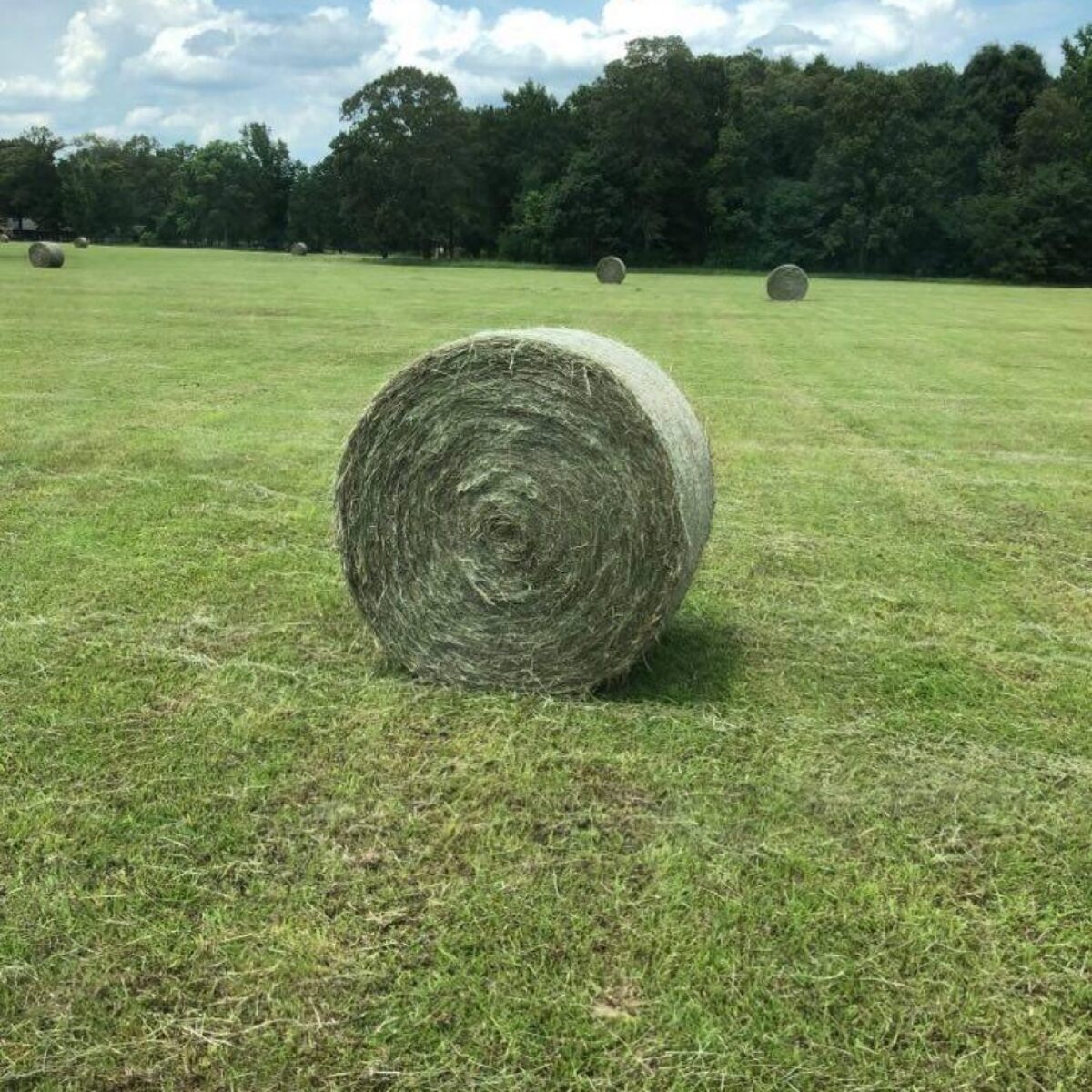

Landscaping Ideas
What Is Byhalia Grass Hay
Modified: March 26, 2024
Discover the benefits of Byhalia grass hay for landscaping ideas. Learn how this versatile grass can enhance your outdoor space.
(Many of the links in this article redirect to a specific reviewed product. Your purchase of these products through affiliate links helps to generate commission for Storables.com, at no extra cost. Learn more)
**
Introduction
**
Byhalia grass hay, also known as Byhalia Bermuda grass, is a warm-season perennial grass that is widely recognized for its exceptional quality as a forage crop. This resilient grass variety is a popular choice among livestock owners and forage producers due to its adaptability to a wide range of soil types and its ability to thrive in diverse climatic conditions.
The cultivation of Byhalia grass hay has gained significant traction in the agricultural sector, owing to its remarkable characteristics and nutritional benefits. As a result, it has become a valuable asset for livestock nutrition and forage management. Understanding the unique attributes and applications of Byhalia grass hay is essential for maximizing its potential as a reliable and high-quality forage resource.
In this comprehensive guide, we will delve into the distinct characteristics of Byhalia grass hay, explore its nutritional value, examine its diverse uses, and provide insights into the best practices for harvesting and storing this valuable forage crop. Whether you are a seasoned forage producer or a livestock owner seeking to optimize your animals' diet, this article will equip you with valuable knowledge about Byhalia grass hay, empowering you to make informed decisions and maximize the benefits of this exceptional forage resource.
**
Key Takeaways:
- Byhalia grass hay is a tough, adaptable, and nutritious forage crop that can thrive in challenging conditions, making it a valuable resource for feeding livestock and supporting sustainable agriculture.
- Harvesting and storing Byhalia grass hay requires careful timing, mowing, drying, and storage to preserve its nutritional quality, ensuring a consistent and high-quality feed for livestock throughout the year.
Read more: What Is Grass Hay For Rabbits
Characteristics of Byhalia Grass Hay
**
Byhalia grass hay, scientifically known as Cynodon dactylon, exhibits a distinctive set of characteristics that contribute to its widespread popularity and utility as a forage crop. Understanding these inherent traits is crucial for effectively harnessing the potential of Byhalia grass hay in agricultural and livestock management practices.
- Drought Tolerance: Byhalia grass hay is renowned for its exceptional drought tolerance, making it a resilient and reliable forage option in regions prone to water scarcity. Its ability to withstand prolonged periods of limited rainfall enables it to thrive in arid and semi-arid climates, providing a consistent source of forage even in challenging environmental conditions.
- Adaptability: This versatile grass species demonstrates remarkable adaptability to various soil types, ranging from sandy loam to clay soils. Its capacity to establish robust root systems allows it to thrive in diverse soil textures, making it an ideal choice for forage production in a wide array of agricultural settings.
- Rapid Growth: Byhalia grass hay exhibits vigorous growth characteristics, with the ability to regenerate quickly after grazing or cutting. This rapid regrowth capacity enhances its sustainability as a forage resource, ensuring a continuous supply of high-quality feed for livestock and other grazing animals.
- Tolerance to Grazing Pressure: The resilience of Byhalia grass hay extends to its tolerance of grazing pressure, allowing it to withstand moderate to heavy grazing without compromising its overall productivity. This attribute is particularly advantageous for livestock producers seeking durable forage options that can endure intensive grazing.
- High Forage Yield: Byhalia grass hay is renowned for its impressive forage yield, delivering substantial biomass production per acre. This abundance of forage material makes it a valuable resource for sustaining livestock nutrition and supporting efficient forage management practices.
The unique combination of drought tolerance, adaptability, rapid growth, grazing pressure tolerance, and high forage yield positions Byhalia grass hay as a formidable asset in the realm of forage production and livestock nutrition. Its ability to thrive in diverse environmental conditions while providing consistent and abundant forage underscores its significance as a staple forage crop in agricultural landscapes.
**
Nutritional Value of Byhalia Grass Hay
**
Byhalia grass hay is not only esteemed for its robust growth and resilience but also for its exceptional nutritional composition, which makes it a highly sought-after forage option for livestock and grazing animals. The nutrient profile of Byhalia grass hay contributes significantly to the overall health and well-being of animals, rendering it a valuable component of balanced and nutritious diets.
Key nutritional components of Byhalia grass hay include:
- Protein Content: Byhalia grass hay boasts a commendable protein content, which is vital for supporting muscle development, immune function, and overall physiological processes in livestock. The protein-rich nature of this forage crop enhances its value as a source of essential amino acids, contributing to the maintenance and growth of animals.
- Digestibility: The digestibility of Byhalia grass hay is a notable attribute that influences its utilization by ruminant animals. High digestibility ensures efficient utilization of nutrients, enabling animals to derive maximum benefit from the forage consumed, thereby optimizing their overall health and productivity.
- Vitamins and Minerals: Byhalia grass hay contains a spectrum of essential vitamins and minerals, including but not limited to vitamin A, vitamin E, calcium, phosphorus, and potassium. These micronutrients play pivotal roles in supporting various physiological functions, such as bone development, immune response, and metabolic processes, contributing to the overall vitality of animals.
- Fiber Content: The fiber content of Byhalia grass hay, characterized by a balance of digestible and structural fibers, facilitates proper digestive function in livestock. Adequate fiber intake is crucial for maintaining gastrointestinal health and promoting optimal rumen function, which is imperative for the well-being of ruminant animals.
The comprehensive nutritional profile of Byhalia grass hay underscores its significance as a valuable source of essential nutrients for livestock, serving as a cornerstone of well-rounded and nourishing forage-based diets. Its rich protein content, excellent digestibility, diverse array of vitamins and minerals, and balanced fiber composition collectively contribute to the overall health, productivity, and vitality of animals consuming this high-quality forage resource.
**
Byhalia grass hay is a warm-season perennial grass that is commonly used for hay production. It is known for its high yield and good nutritional value, making it a popular choice for feeding livestock.
Uses of Byhalia Grass Hay
**
Byhalia grass hay is renowned for its versatility and utility across a spectrum of agricultural and livestock management applications. Its exceptional attributes and nutritional value render it a valuable resource with diverse uses, contributing to the well-being and productivity of livestock and grazing animals. Understanding the various applications of Byhalia grass hay is instrumental in optimizing its utilization within agricultural and forage management practices.
The primary uses of Byhalia grass hay encompass:
- Livestock Forage: Byhalia grass hay serves as a fundamental component of livestock forage, providing a high-quality feed option for cattle, sheep, goats, and other ruminant animals. Its nutrient-rich composition, including protein, vitamins, and minerals, supports the dietary requirements of livestock, promoting optimal growth, reproduction, and overall health.
- Hay Production: Byhalia grass hay is commonly harvested and preserved as hay, offering a valuable source of stored forage for periods of scarcity or as a supplemental feed during inclement weather. The hay production process enables forage producers to stockpile this nutritious resource for sustained livestock nutrition throughout the year.
- Pasture Establishment: Byhalia grass hay is utilized in pasture establishment and renovation projects, contributing to the development of resilient and productive grazing areas. Its rapid growth and tolerance to grazing pressure make it an ideal candidate for enhancing pasture landscapes, supporting sustainable grazing practices.
- Erosion Control: The robust growth and extensive root system of Byhalia grass hay make it an effective ally in erosion control efforts. Its capacity to stabilize soil and prevent erosion makes it a valuable asset in conservation initiatives, particularly in areas susceptible to soil degradation and erosion.
- Silage Production: Byhalia grass hay can be ensiled to produce nutritious silage, offering a preserved forage option with extended shelf life. Silage derived from Byhalia grass hay provides a reliable feed source, especially during periods of forage scarcity or as a strategic feed management solution.
The multifaceted uses of Byhalia grass hay underscore its significance as a versatile and indispensable forage resource within the agricultural landscape. Whether utilized as a primary feed source for livestock, a stored hay commodity, a tool for pasture enhancement, or a means of erosion control and silage production, Byhalia grass hay stands as a cornerstone of sustainable forage management and livestock nutrition.
**
How to Harvest and Store Byhalia Grass Hay
**
The process of harvesting and storing Byhalia grass hay is a critical aspect of forage management, influencing the quality, longevity, and overall efficacy of this valuable feed resource. Implementing best practices for harvesting and storage is essential to preserve the nutritional integrity and maximize the utility of Byhalia grass hay for livestock and forage production purposes.
The key steps involved in harvesting and storing Byhalia grass hay encompass:
- Timing of Harvest: The timing of harvest significantly impacts the nutrient content and palatability of Byhalia grass hay. Optimal harvest timing is typically during the early boot stage when the grass exhibits robust vegetative growth and high nutritional value. Harvesting at this stage ensures a balance between yield and nutrient content, maximizing the overall quality of the hay.
- Mowing and Conditioning: Mowing Byhalia grass hay to an appropriate height, typically 3 to 4 inches above the ground, is crucial for promoting regrowth and preserving the health of the grass stand. Conditioning the cut forage to facilitate rapid drying and moisture reduction is pivotal for preventing mold and preserving the hay’s nutritional quality.
- Drying and Raking: After mowing, the cut forage should be left to dry in the field, utilizing favorable weather conditions to expedite the drying process. Raking the hay to facilitate uniform drying and minimize moisture retention is essential for producing high-quality Byhalia grass hay suitable for storage.
- Baling and Storage: Once the hay reaches the desired moisture content, typically around 12-18%, it is baled using appropriate equipment to ensure compact and well-formed bales. Proper bale density and shape are essential for efficient storage and handling. Storing the baled hay in a well-ventilated, dry environment is crucial for preserving its nutritional value and preventing spoilage.
- Quality Assessment: Regularly monitoring the quality of stored Byhalia grass hay is imperative to detect any signs of spoilage or deterioration. Ensuring proper storage conditions, such as adequate ventilation and protection from moisture, pests, and excessive heat, is essential for maintaining the hay’s nutritional integrity over time.
Adhering to these best practices for harvesting and storing Byhalia grass hay is instrumental in optimizing its quality, longevity, and utility as a valuable forage resource. By implementing meticulous care in the harvesting and storage processes, forage producers and livestock owners can ensure a consistent supply of high-quality Byhalia grass hay, supporting the nutritional needs of their animals and fostering sustainable forage management practices.
**
Read more: What Kind Of Grass Makes Hay
Conclusion
**
Byhalia grass hay stands as a testament to the resilience, versatility, and nutritional richness of warm-season perennial grasses, offering a myriad of benefits and applications within the realm of forage production and livestock nutrition. Its exceptional characteristics, including drought tolerance, adaptability, rapid growth, and high forage yield, position it as a formidable asset in agricultural landscapes, contributing to sustainable forage management and livestock well-being.
The remarkable nutritional value of Byhalia grass hay, characterized by its protein content, digestibility, abundance of vitamins and minerals, and balanced fiber composition, underscores its significance as a pivotal component of balanced and nourishing diets for livestock and grazing animals. The diverse uses of Byhalia grass hay, ranging from livestock forage and hay production to pasture establishment, erosion control, and silage production, highlight its versatility and indispensability within agricultural and forage management practices.
Harvesting and storing Byhalia grass hay with meticulous attention to timing, mowing, drying, baling, and quality assessment are essential steps in preserving its nutritional integrity and maximizing its utility as a reliable forage resource. By embracing best practices in the cultivation, harvesting, and storage of Byhalia grass hay, forage producers and livestock owners can harness its full potential, supporting the health, productivity, and sustainability of their agricultural endeavors.
As the agricultural landscape continues to evolve, the enduring value of Byhalia grass hay as a resilient forage crop remains unwavering, serving as a cornerstone of sustainable forage management and livestock nutrition. Its adaptability, nutritional richness, and diverse applications solidify its position as a cherished asset within the tapestry of agricultural practices, enriching the well-being of livestock and the vitality of agricultural landscapes.
Embracing the inherent strengths and versatility of Byhalia grass hay empowers forage producers and livestock owners to cultivate thriving agricultural ecosystems, where the bountiful benefits of this exceptional forage resource converge with the welfare of animals and the sustainability of agricultural enterprises.
Frequently Asked Questions about What Is Byhalia Grass Hay
Was this page helpful?
At Storables.com, we guarantee accurate and reliable information. Our content, validated by Expert Board Contributors, is crafted following stringent Editorial Policies. We're committed to providing you with well-researched, expert-backed insights for all your informational needs.
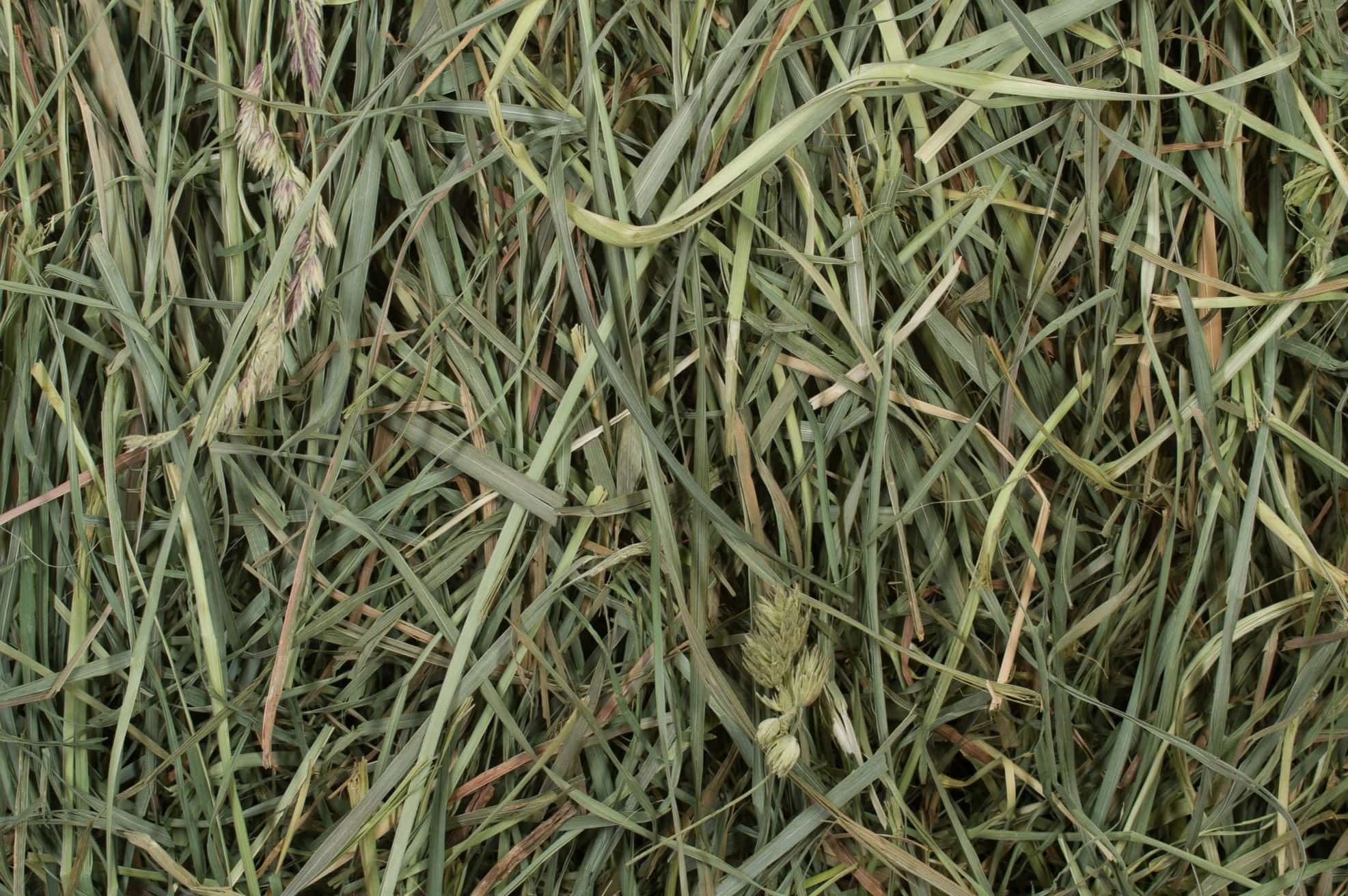
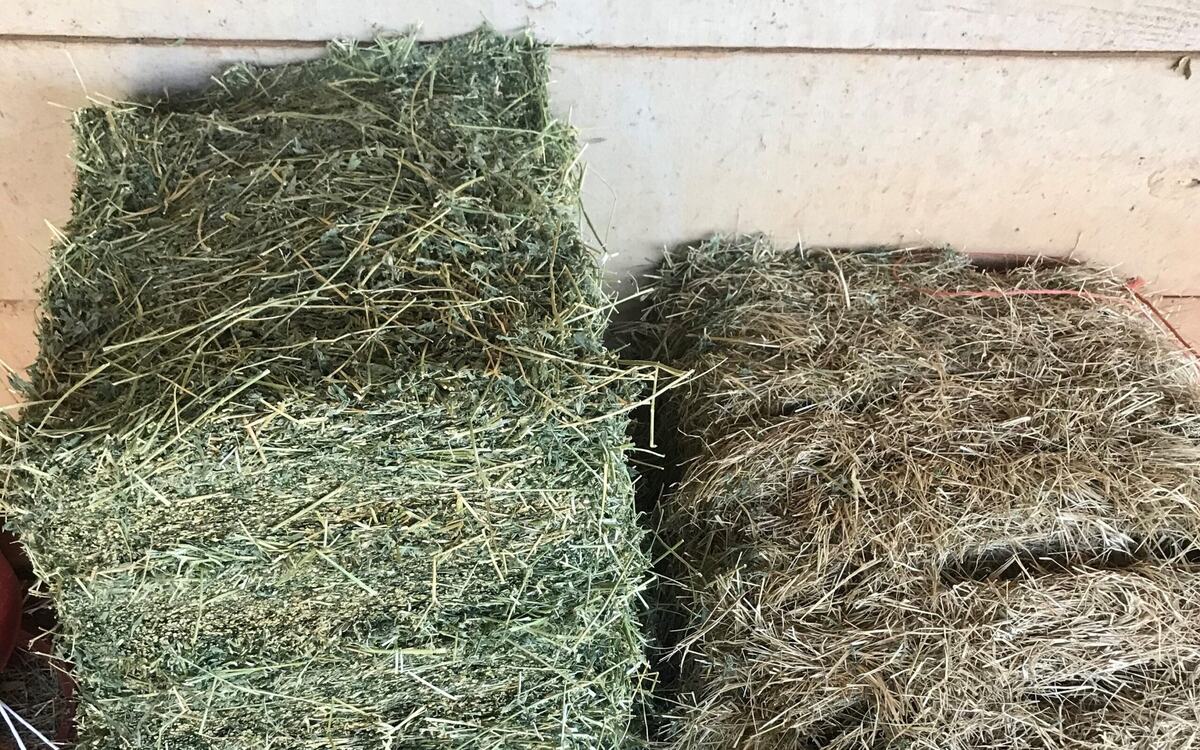
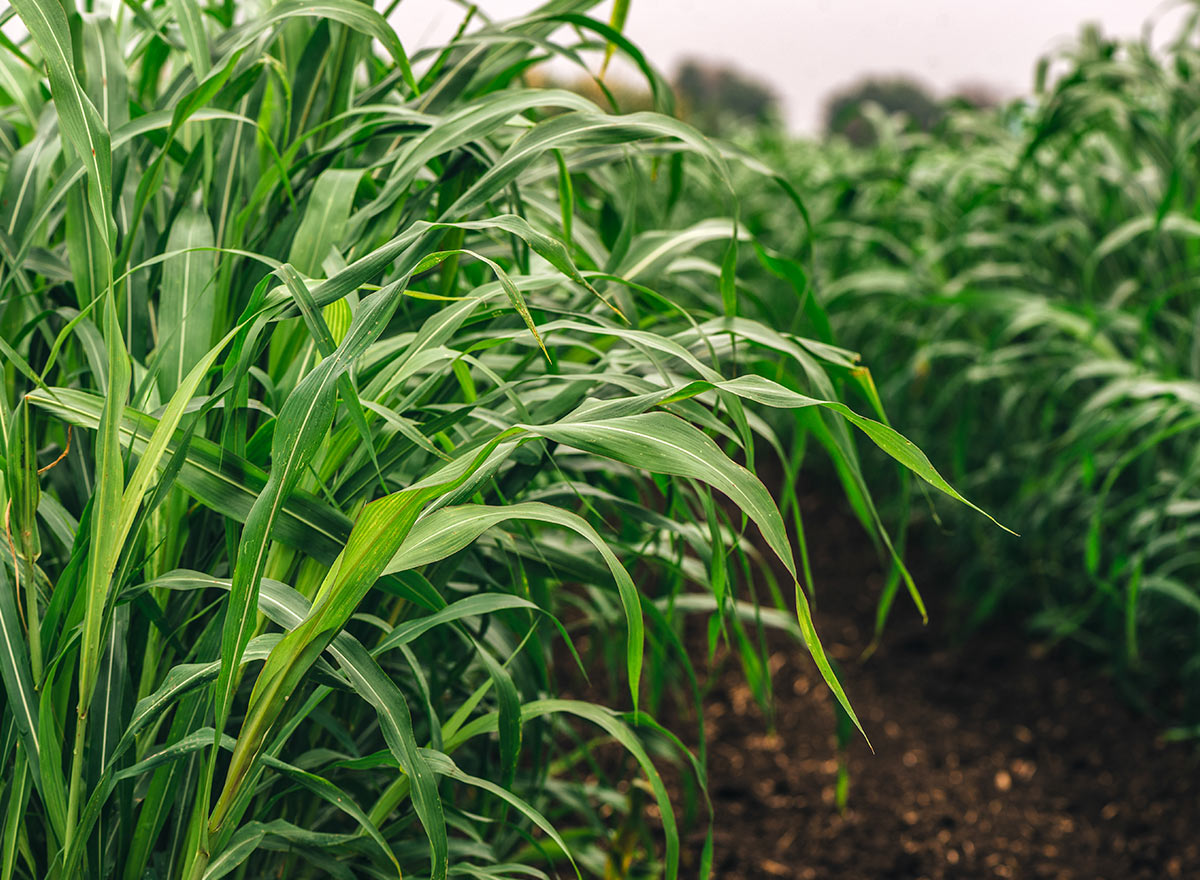
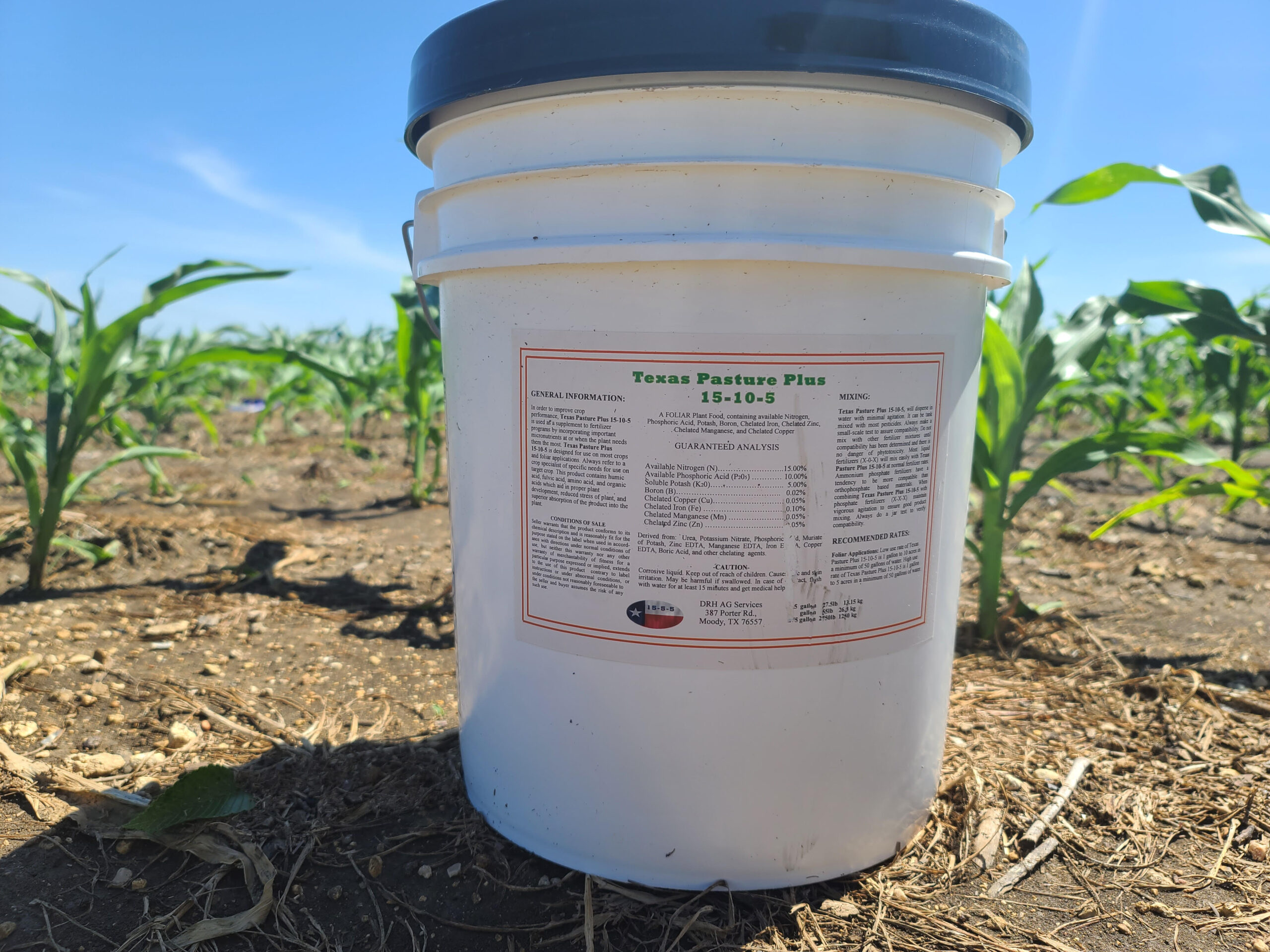
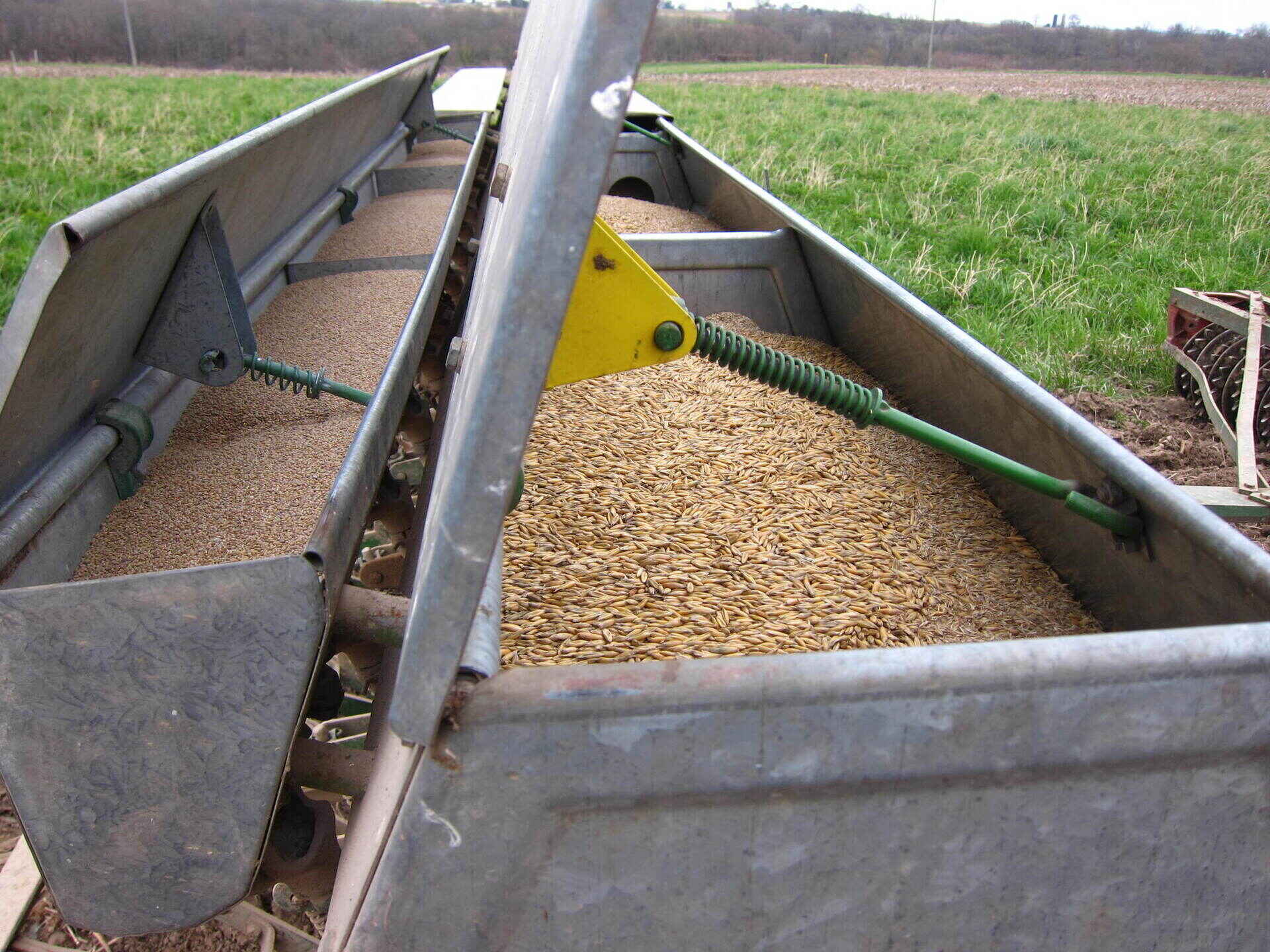
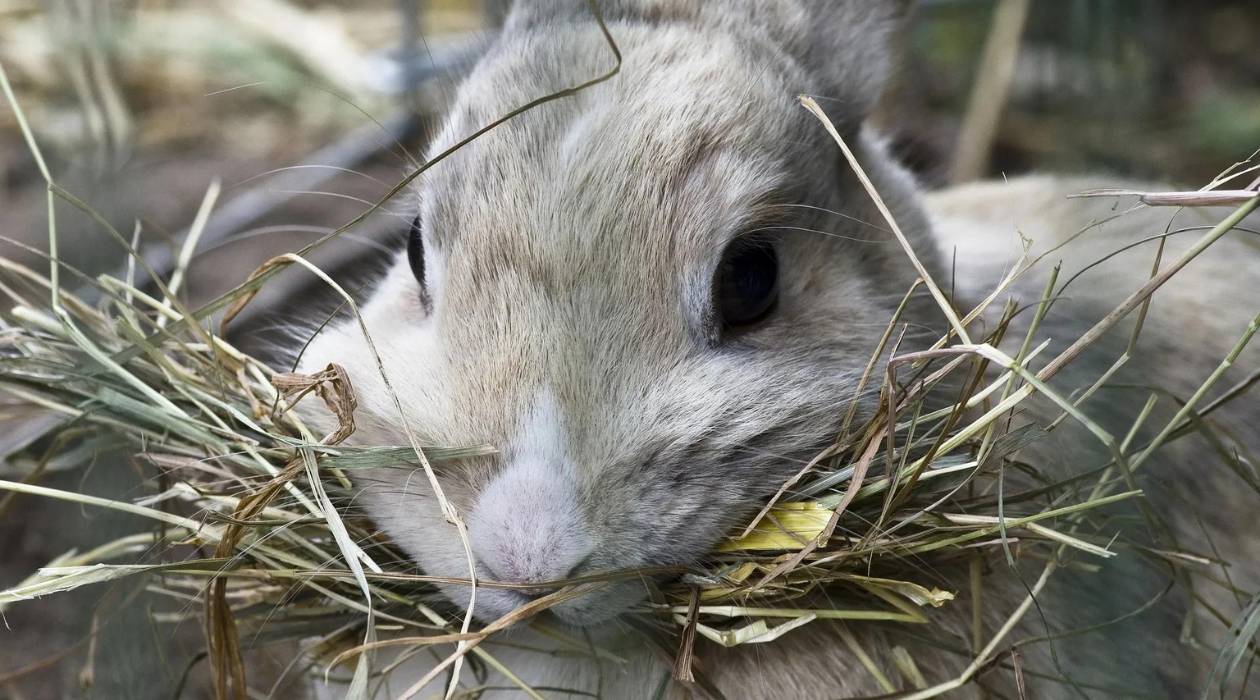
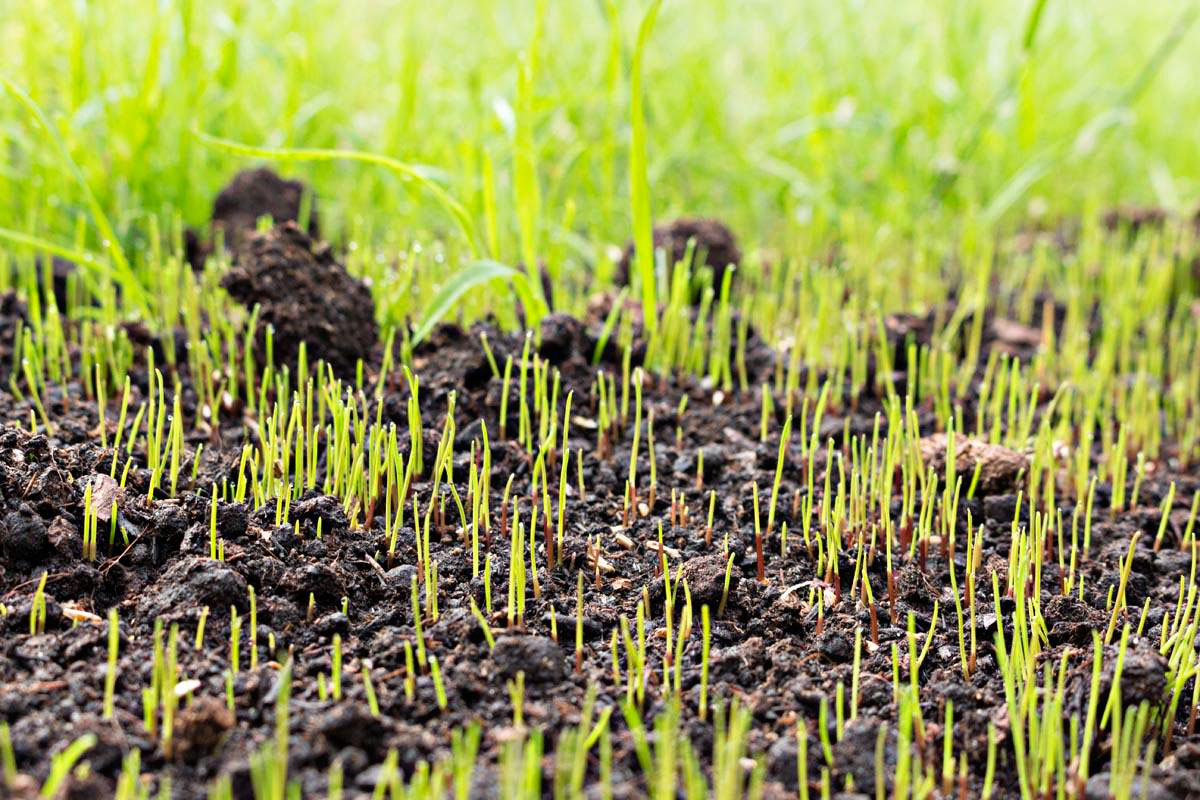
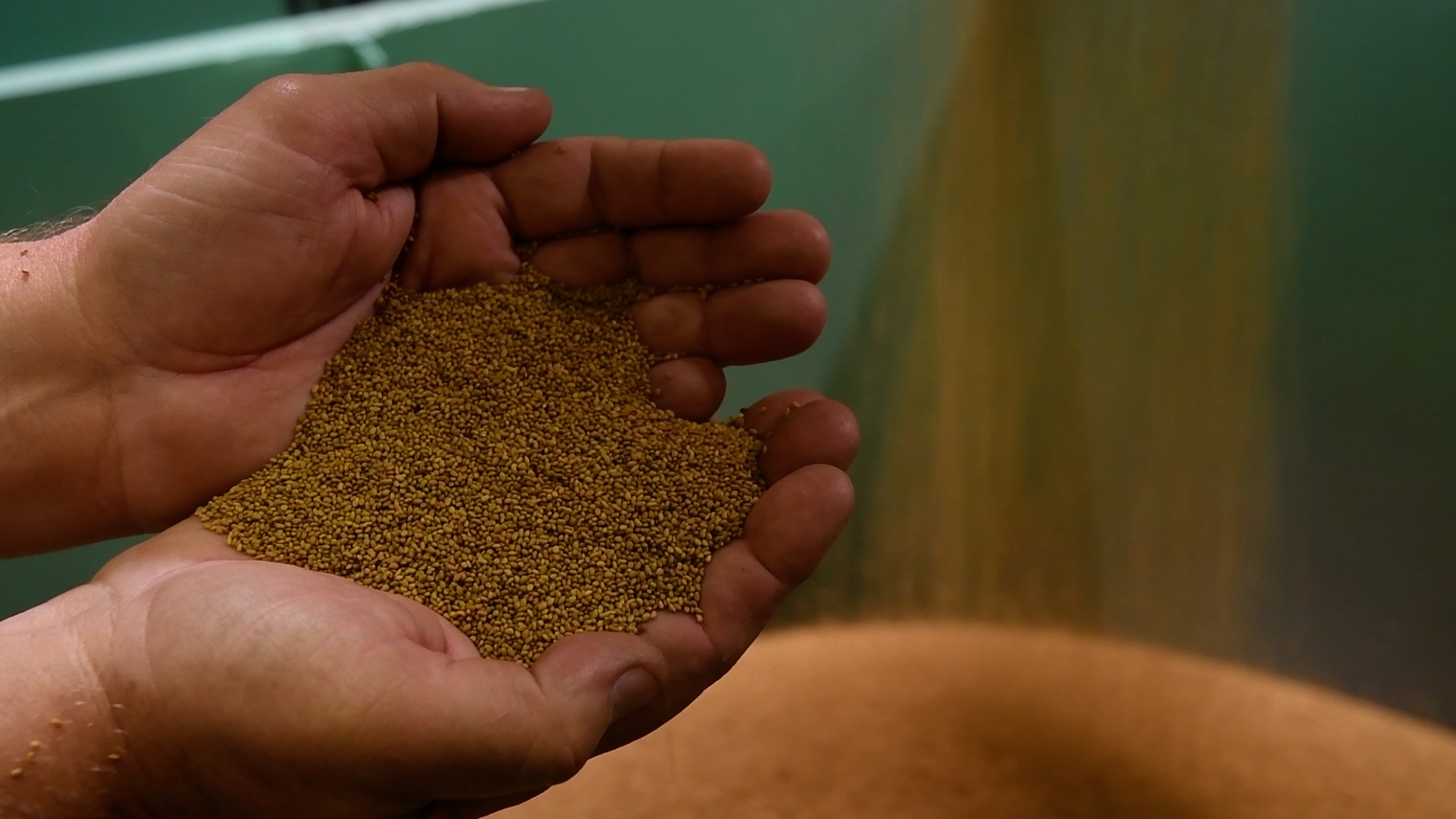
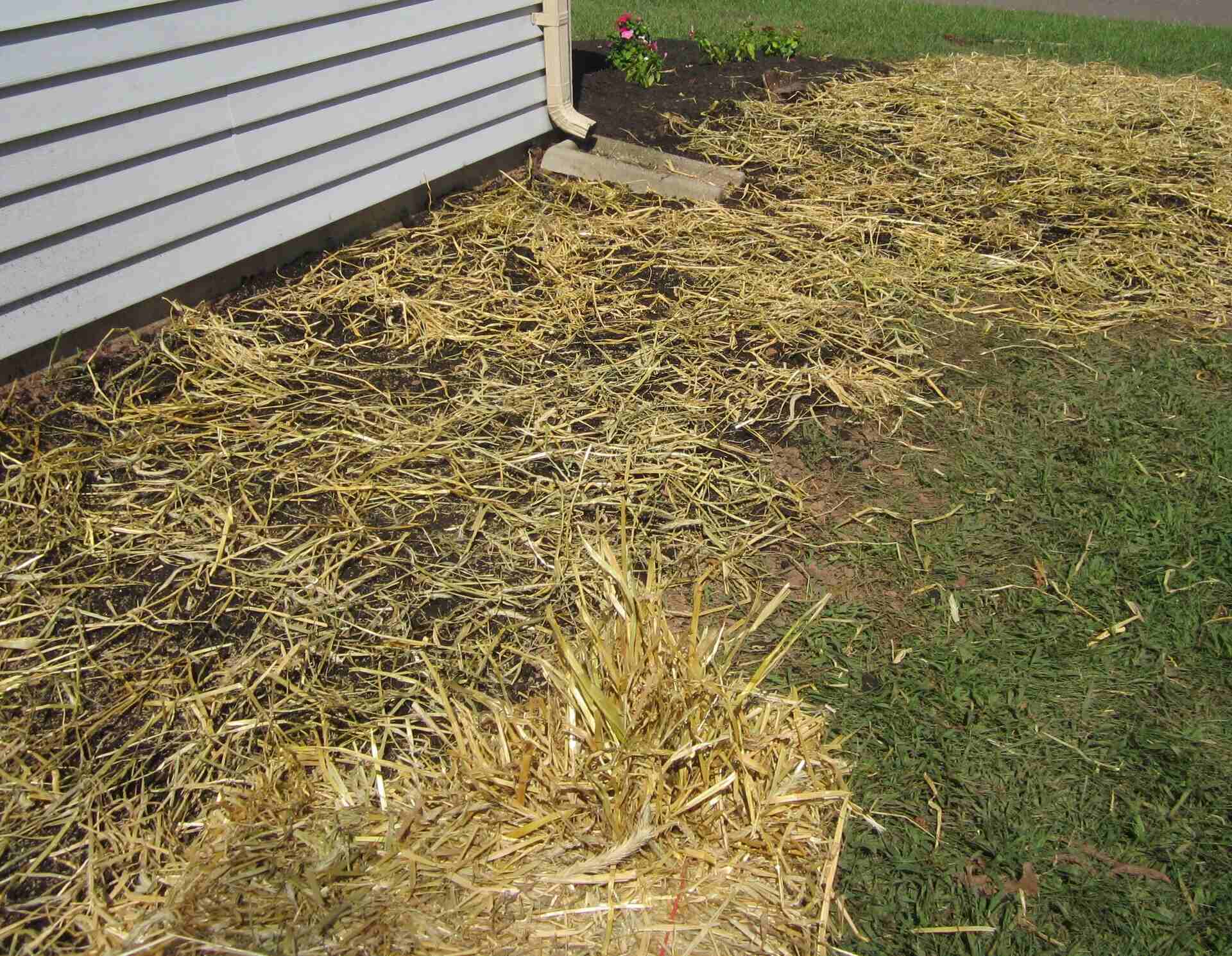
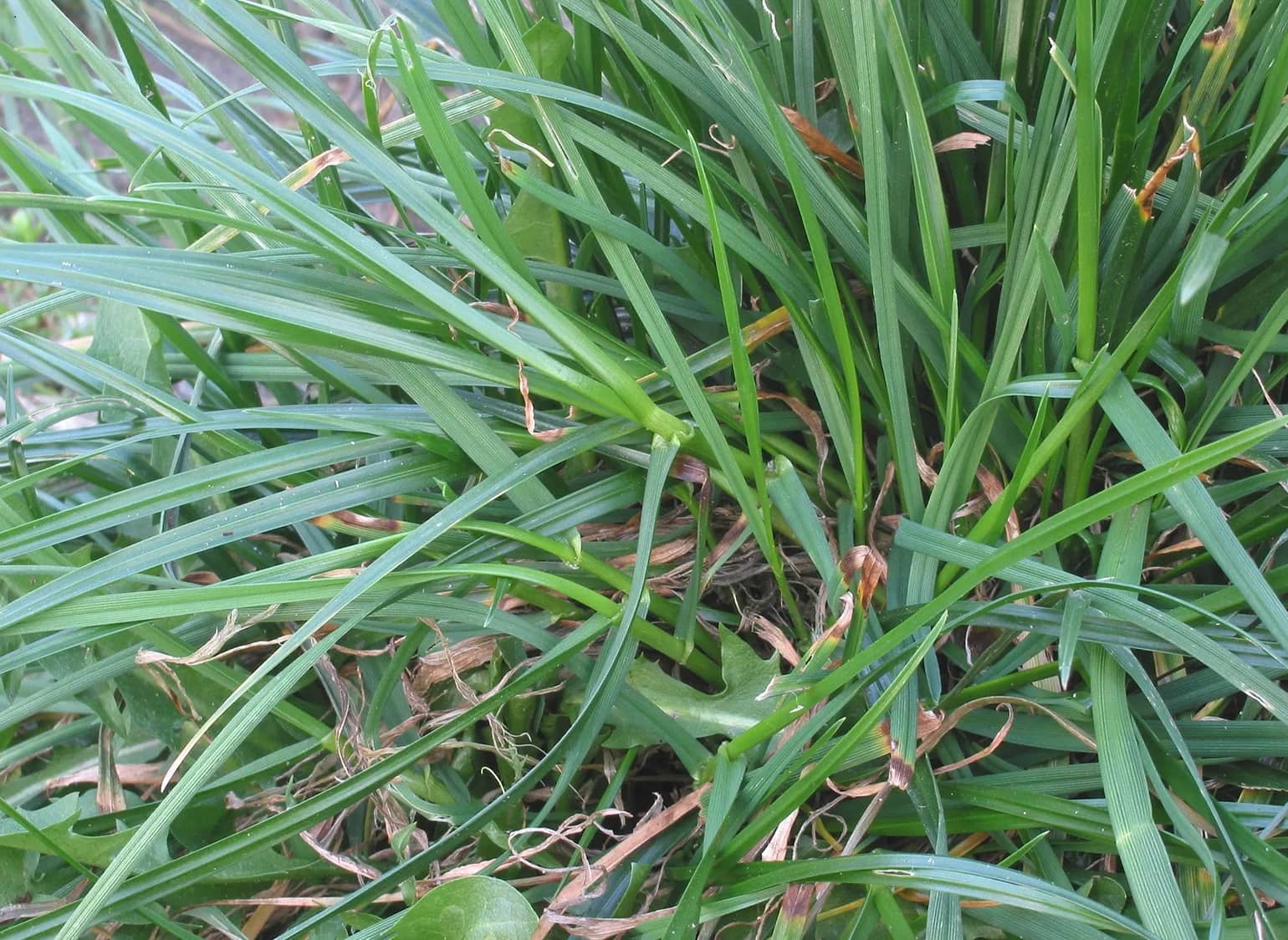

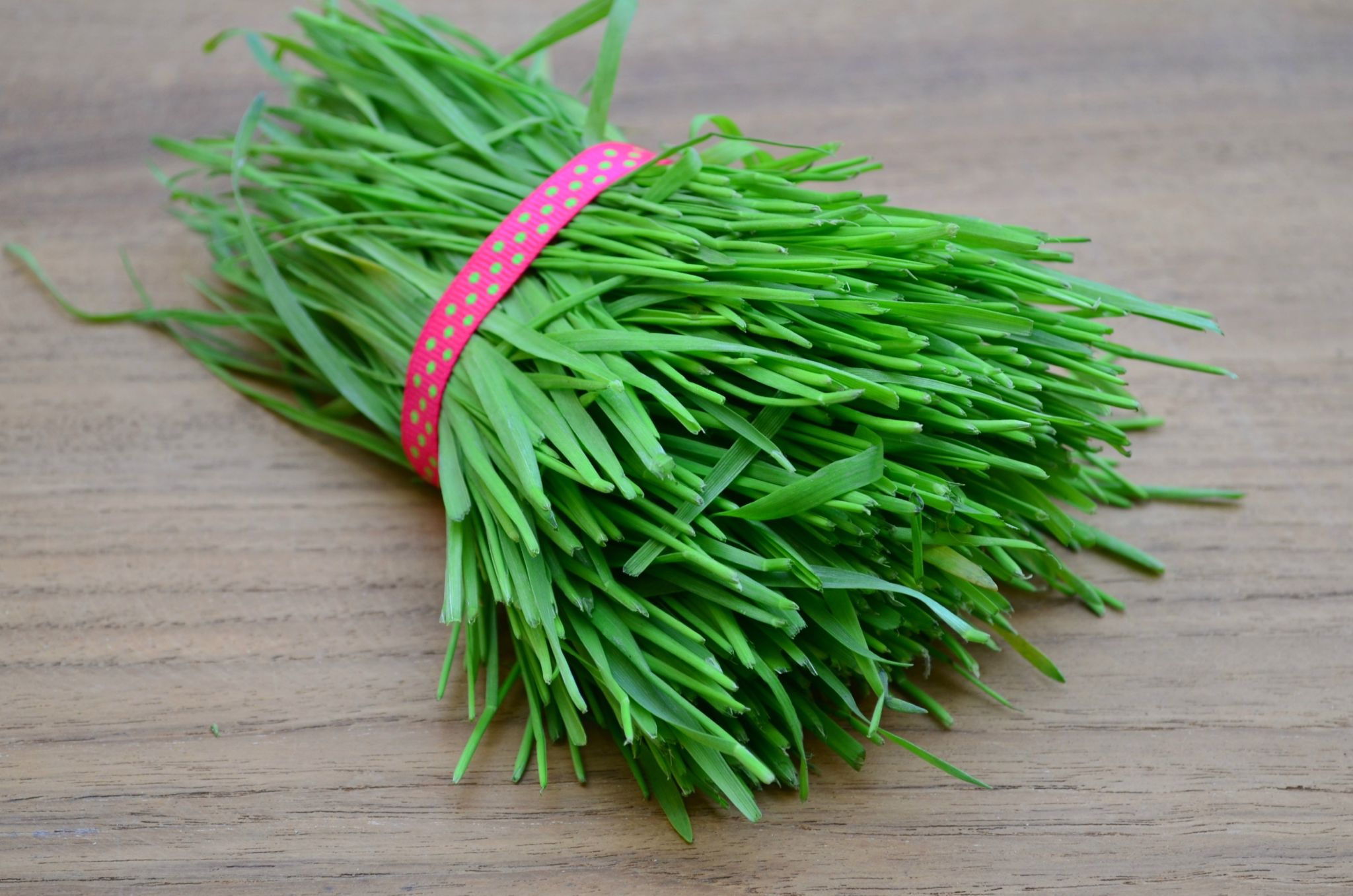
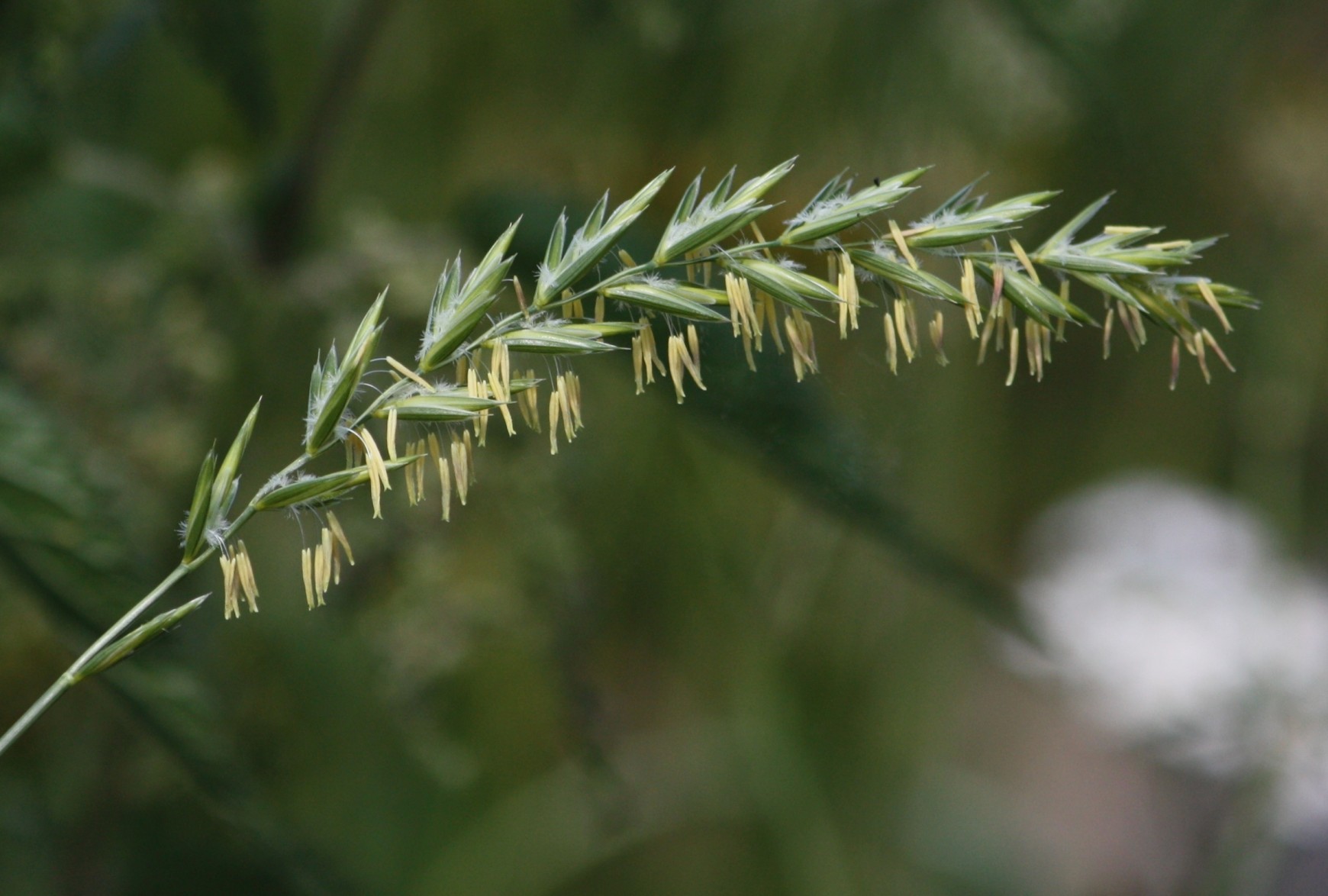
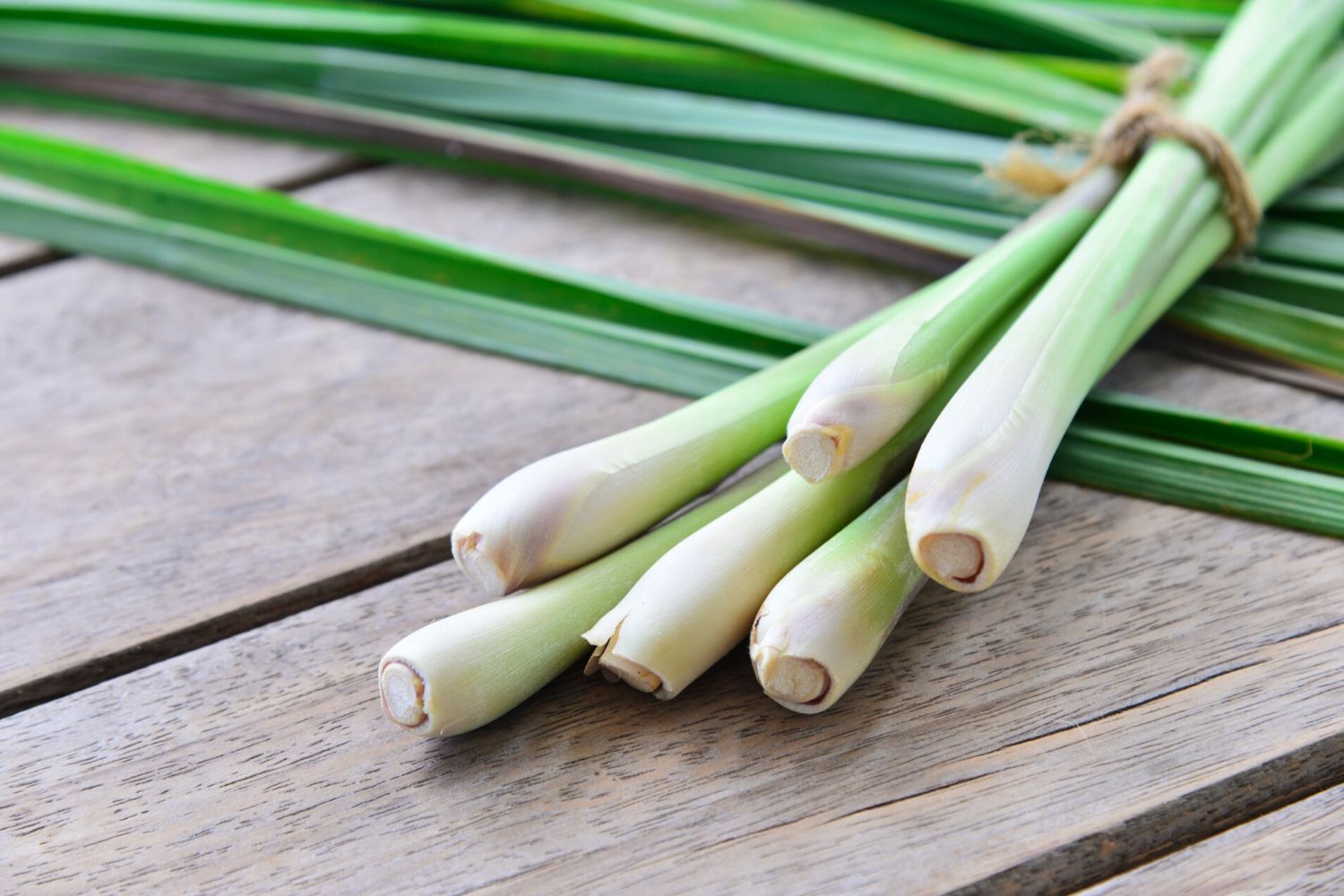

0 thoughts on “What Is Byhalia Grass Hay”